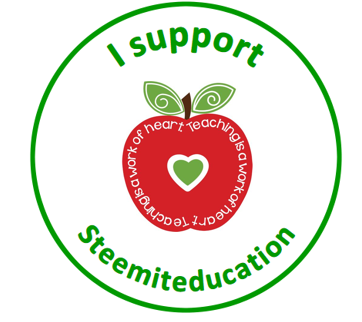If you are out in the bush or the forest away from all the city lights and you look up at night you will see millions of stars shining in the pitch black sky - then you really know you are part of this galaxy we live in and that we are just living on a small planet call Earth and there are many other space bodies that is part of the galaxy.
A galaxy is a massive group of stars, star clusters, interstellar gas and dust, and dark matter which is all bound together by gravitation.
The word 'galaxian' actually means 'milky' in Greek and that is why we refer to our galaxy also as the 'Milky way'.
Our galaxy is not the only galaxy out there. There are more than 170 billion galaxies in the universe which the scientists can see, some small and some very big. The galaxies that contains less than 10 million stars are known as 'dwarf galaxies'.
Astronomers going into space have seen many types of galaxies and put them into different groups. Elliptical, spiral, lenticular and irregular.
It is believed that in most of the galaxies you will find 'black holes'. You can read more about it here.
Black holes are the strangest objects in the Universe. A black hole does not have a surface, like a planet or star. Instead, it is a region of space where matter has collapsed in on itself. This catastrophic collapse results in a huge amount of mass being concentrated in an incredibly small area.
Many times the different galaxies will collide with one another, but because of the huge spaces, the particles with mostly move past each other. The different gasses and dust will interact with one another and will form new stars. The galaxies may also change shape because of the gravitational pull between the different bodies in the galaxies.
Starburst is a name for galaxies that form a lot of new stars at a fast rate, usually after much molecular cloud is produced as two galaxies merge.
Watch the video and answer the questions
- Why did ancient people call our galaxy 'The Milky way'?
- What holds the galaxies together?
- What makes up our solar system and is it smaller or bigger than The Milky way?
- How long is a light year?
- What is the 'local group' and how big is it?
- Name a few types of galaxies.
- What type of galaxy is the milky way?
- Name the four main parts of the milky way and explain each.



My daughter was delighted with the video
Downvoting a post can decrease pending rewards and make it less visible. Common reasons:
Submit
I am glad if she enjoyed it
Downvoting a post can decrease pending rewards and make it less visible. Common reasons:
Submit
If you would like to support the educational community by delegating to @steemiteducation, please click on any of the following links. This will ensure that more teachers are supported on a daily basis.
100SP 200SP 300SP 400SP 500SP 750SP 1000SP 2000SP 3000SP 4000SP 5000SP 10,000SP 25,000SP
Downvoting a post can decrease pending rewards and make it less visible. Common reasons:
Submit